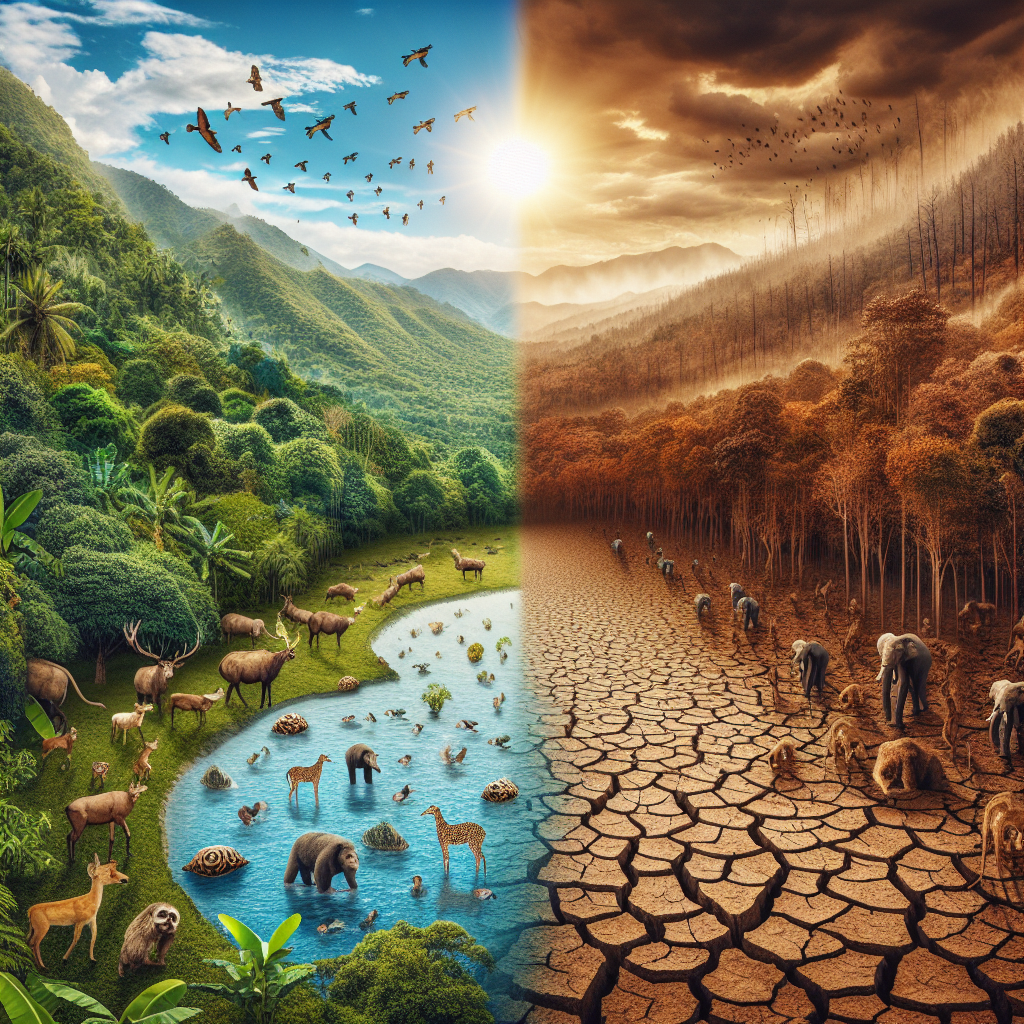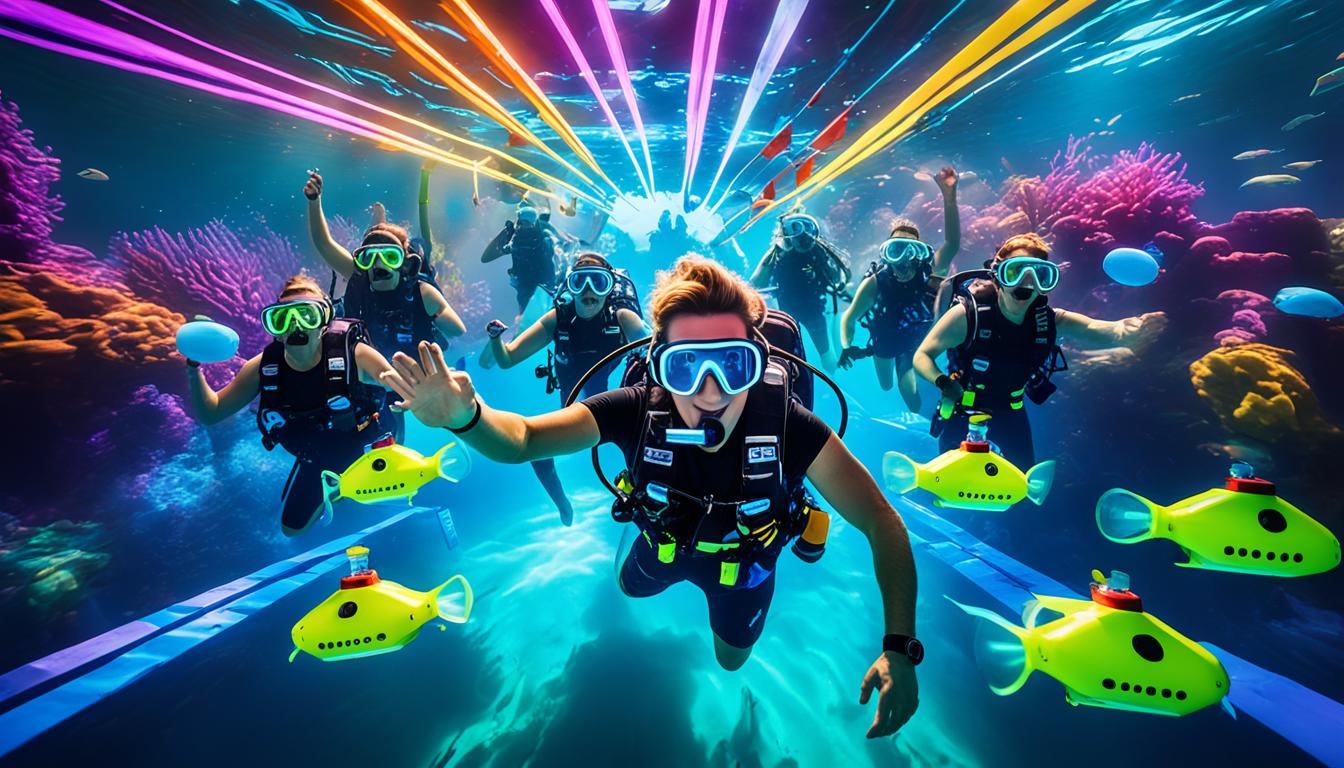
Key Takeaways
- Rising temperatures are causing fish to migrate to cooler waters, impacting local fishing spots.
- Weather patterns are becoming more severe and unpredictable, making boating safety a growing concern.
- The economic impact on the fishing industry due to climate change is significant, affecting livelihoods and communities.
- Individual actions, such as practicing sustainable fishing and boating, can contribute to mitigating climate change effects.
- Supporting climate-smart policies and innovations is crucial for the long-term health of our fisheries and waterways.
As we navigate through our changing world, the waters we’ve known are transforming before our eyes. The impact of climate change on fishing and boating is not just a concern for the future; it’s a reality we’re facing now. As someone who spends a lot of time on or near the water, I’ve seen these changes firsthand and understand the need to discuss what’s happening, why it matters, and most importantly, what we can do about it.
Warning Waters: The Heat is On for Fish Habitats
Let’s start by looking at our fish habitats. The heat is on—literally. Water temperatures are rising, and this isn’t good news for our finned friends or the millions of people who rely on them for food, recreation, and livelihood. You see, fish are sensitive to temperature changes; even a small increase can send them packing to cooler waters.
Understanding Temperature Increases in Our Oceans and Rivers
Why are temperatures rising? Well, it’s a combination of factors. Climate change, driven by human activities like burning fossil fuels, is causing global temperatures to go up. This leads to warmer oceans and rivers. As a result, fish species are moving to find the cooler temperatures they need to survive and thrive. This means that the fish local anglers are used to catching might move to a different area entirely, disrupting ecosystems and fishing practices.
Warmer Waters and the Great Fish Migration: Where Have All the Fish Gone?
This great fish migration is more than just an inconvenience. It’s a sign that our aquatic ecosystems are under stress. Some species may not find suitable new habitats, which can lead to declines in their populations. For those of us who enjoy fishing, it means we need to adapt. We might need to travel further to find our catch, or learn new techniques to target different species that have moved into our local spots.
Stormy Seas: Navigating Weather Challenges in Fishing and Boating
Besides the heat, there’s the issue of weather. The seas are getting stormier, and that’s not just a figure of speech. Climate change is leading to more extreme weather patterns, including hurricanes, heavy rains, and unexpected storms that can pop up without much warning. This can be dangerous for those of us who love boating.
How Climate-Induced Weather Patterns Affect Marine Safety
When you’re out on the water, safety should always come first. But with the weather becoming more unpredictable, it’s harder to plan for what might come your way. That’s why it’s more important than ever to check the forecast before you head out and to be prepared for conditions to change quickly. It’s also a good idea to invest in better safety equipment and to make sure your boat is as seaworthy as possible.
Remember: The water doesn’t care how experienced you are. Safety is everyone’s responsibility.
Adapting Boating Practices to the New Weather Realities
As boaters, we need to adapt to these new weather realities. This means being more vigilant about weather changes, upgrading our gear to handle more extreme conditions, and being willing to change our plans if the weather takes a turn for the worse. It’s all about respecting the power of nature and understanding that the rules of the game are changing.
From Bait to Plate: How Climate Change is Hurting Fish Economies
When we talk about the fish we enjoy, whether at a local seafood restaurant or from our own catch, we often overlook the journey from bait to plate. Climate change is adding some serious hurdles to this journey. As fish move to cooler waters, fisheries that depend on certain species are suffering. This isn’t just about the fish; it’s about the people and economies that rely on them. Coastal communities are finding their catches dwindling, and with it, their income. It’s a domino effect that hits markets, restaurants, and ultimately, our dinner tables.
Ensuring a Future Catch: Economic Strategies for Sustainable Fisheries
So, what can we do to ensure a future catch? The answer lies in sustainable fisheries. This means managing fish populations so they can regenerate and adapting our fishing methods to be less harmful to fish habitats. It also means supporting aquaculture, where fish are farmed in a responsible way. And it’s not just up to the fishermen; we as consumers can make choices that support sustainable fishing. Choosing to buy fish that are caught or farmed sustainably can make a big difference.
Sustainable Seas: How We Can All Make a Difference
Now, let’s talk about the bigger picture—our seas. They’re vast, they’re deep, and they’re in trouble. But we can all make a difference in keeping them sustainable. It starts with understanding the impact our actions have on the oceans and then taking steps to reduce that impact. Whether you’re a weekend boater, a professional fisherman, or someone who just loves seafood, there are things you can do to help.
Changing Tide: Personal Decisions that Have a Big Impact
One person’s choices might seem like a drop in the ocean, but together, we can create a changing tide. For instance, if you fish, practice catch and release. If you’re out boating, be mindful of your fuel use and avoid spilling oil or gas. These personal decisions add up and have a big impact on the health of our oceans and the creatures that call them home.
Besides that, we can also choose to support businesses and products that prioritize sustainability. This means looking for eco-friendly gear and opting for tours and activities that respect marine life. It’s about being a conscious consumer and a responsible ocean-goer.
Policy Waves: Supporting Legislation that Protects Our Waterways
Supporting legislation that protects our waterways is another powerful way to make a difference. When policies are in place that limit pollution, regulate overfishing, and fund conservation efforts, our seas stand a chance. That’s why it’s important to stay informed about local and national policies regarding water and marine life. When you have the opportunity, vote for the ocean by supporting measures that protect it.
Moreover, getting involved in local conservation efforts or supporting organizations that fight for ocean health can amplify your impact. It’s about using your voice and your vote to make a stand for the seas.
Every Little Bit Helps: Mitigation Tactics for Individuals
When it comes to climate change, every little bit helps. Mitigation isn’t just a job for governments or big companies; it’s something each of us can contribute to. By taking steps to reduce our carbon footprint, we can help slow down the warming of our planet and its waters. This can be as simple as reducing energy use at home, opting for public transportation, or supporting renewable energy initiatives.
A Cleaner Wake: Reducing Personal Carbon Footprints on the Water
For those of us who love being on the water, reducing our carbon footprint is about leaving a cleaner wake. This means choosing more fuel-efficient boats, maintaining your engine to prevent oil leaks, and even exploring alternative energy sources like solar or wind power for your boating needs. Every action we take to reduce our impact helps protect the waterways we love.
Catch and Release: Sustainable Fishing Practices for Recreational Anglers
For recreational anglers, sustainable fishing practices are key. This includes using barbless hooks, handling fish with care, and knowing when to catch and release. By following these practices, you’re helping to ensure that fish populations remain healthy for future generations to enjoy. It’s about being a responsible steward of the aquatic world.
Frequently Asked Questions (FAQ)
Here are some common questions about the impact of climate change on fishing and boating:
What Are the Most Vulnerable Fish Species to Climate Change?
Species that live in coral reefs, such as clownfish, or those that require cold water, like salmon, are particularly vulnerable to climate change. As temperatures rise, their habitats are threatened, making survival more difficult.
How Can I Check if My Fishing Habits are Sustainable?
Look for certifications like the Marine Stewardship Council (MSC) label on seafood products, which indicate sustainable practices. Also, familiarize yourself with local regulations and best practices for catch and release.
What Are Some Climate-Smart Boating Innovations?
Innovations such as electric motors, solar panels, and eco-friendly hull designs are making boating more sustainable. These technologies help reduce emissions and minimize the impact on marine environments.
How Will Climate Change Affect Ocean Sports and Leisure Activities?
Climate change can lead to fewer fish, damaged coral reefs, and more dangerous weather, all of which affect ocean sports and leisure activities. It’s important to adapt and support efforts that help mitigate these impacts.
Where Can I Get Involved with Conservation Efforts for Our Oceans?
You can get involved with local conservation groups, volunteer for clean-up events, and support organizations like the Ocean Conservancy. Your involvement can make a real difference in protecting our oceans.
Catch and Release: Sustainable Fishing Practices for Recreational Anglers
For those who love the tug on the line, sustainable fishing practices are the way to go. It’s not just about the thrill of the catch, but also about ensuring that fish populations remain healthy. This means being mindful of the species you’re targeting, their breeding seasons, and the local fishing regulations. Opt for practices like catch and release, especially for species that are overfished or in recovery.
When practicing catch and release, it’s important to handle fish with care. Use barbless hooks to minimize injury, and wet your hands before handling the fish to protect their slime coat, which is crucial for their health. If we all fish with conservation in mind, we can enjoy this pastime for generations to come.
Frequently Asked Questions (FAQ)
You’ve got questions, and it’s important to get clear answers. Here are some of the most common questions about the impact of climate change on fishing and boating:
What Are the Most Vulnerable Fish Species to Climate Change?
Some fish species are more vulnerable to climate change than others. For example, cold-water fish like trout and salmon are under stress as their preferred cool habitats become warmer. Coral reef dwellers, such as the colorful parrotfish, are also at risk as rising sea temperatures and acidification damage the reefs they call home. It’s crucial to understand these vulnerabilities so we can take action to protect these species.
How Can I Check if My Fishing Habits are Sustainable?
To ensure your fishing habits are sustainable, you can start by following local fishing regulations, which are designed to manage fish populations effectively. Also, look for certifications like the Marine Stewardship Council (MSC) label on seafood products, which indicate sustainable practices. Educate yourself about the fish you catch and release, and always aim to minimize your impact on the aquatic environment.
What Are Some Climate-Smart Boating Innovations?
The boating industry is responding to climate change with innovations that reduce environmental impact. Electric motors offer a cleaner alternative to traditional gasoline engines, and solar panels can power onboard systems, reducing the need for fossil fuels. Eco-friendly hull designs reduce drag and improve efficiency, which can help lower fuel consumption and emissions. These innovations are not just good for the planet; they can also enhance your boating experience.
Furthermore, new materials are being developed for boat construction that are more sustainable and have a smaller carbon footprint. Biodegradable products for boat cleaning and maintenance are also becoming more common, helping to reduce the chemical runoff into our waterways.
And it’s not just about the boats themselves. There are also improvements in marina infrastructure, such as advanced waste management systems and charging stations for electric boats, that support a more sustainable boating lifestyle.
How Will Climate Change Affect Ocean Sports and Leisure Activities?
Climate change is reshaping the landscape of ocean sports and leisure activities. For instance, surfers might find that their favorite spots are affected by rising sea levels and altered wave patterns. Divers may witness the bleaching of coral reefs firsthand. To adapt, we must support and engage in activities that are mindful of their environmental impact and contribute to the preservation of our oceans. Choosing eco-friendly tour operators, participating in beach clean-ups, and advocating for marine conservation are just a few ways we can help.
Where Can I Get Involved with Conservation Efforts for Our Oceans?
Getting involved in ocean conservation can start right at your doorstep. Local environmental groups often organize beach clean-ups and educational workshops. You can also support global organizations like the Ocean Conservancy or the World Wildlife Fund (WWF), which work on larger-scale projects to protect marine life and habitats. Don’t underestimate the power of your own voice and actions; even small contributions can lead to big changes.






